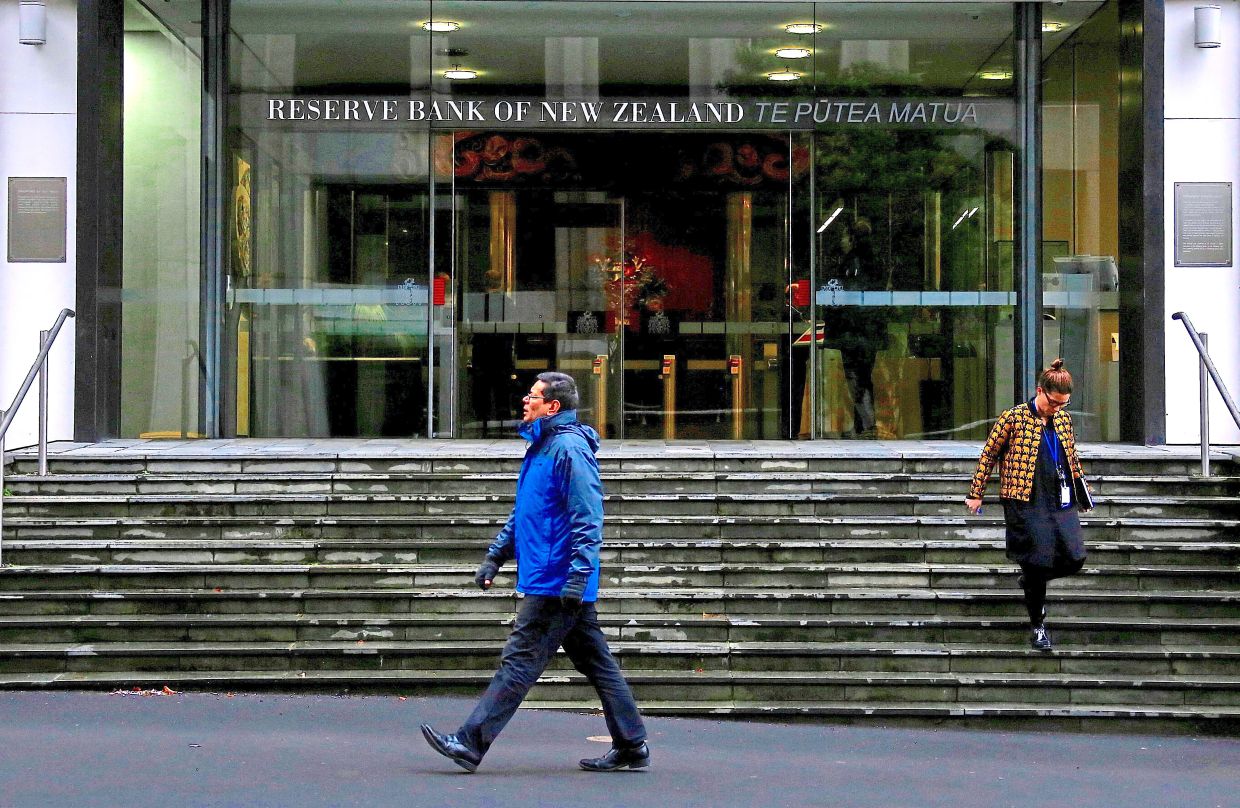New Zealand Cuts Rates to a Three-Year Low
By
Leah Rosenfeld
Last updated:
November 26, 2025
First Published:
November 26, 2025

Photo: The Star
A Major Rate Cut Paired with a Clear Warning
New Zealand’s central bank lowered its Official Cash Rate by 25 basis points to 2.25 percent the lowest level since mid-2022. But unlike earlier cuts made to rescue a weakening economy policymakers made it clear that this move may be the last in the current easing phase. In its final policy meeting of the year and the last under Governor Christian Hawkesby the Reserve Bank of New Zealand stressed that future decisions will hinge entirely on how medium-term inflation and economic momentum evolve. The board debated holding rates steady but ultimately opted for one more reduction signaling a cautious approach ahead of incoming governor Anna Breman’s tenure.
Financial markets reacted instantly. The New Zealand dollar rose one percent to 0.5682 its strongest level in more than a week. Two-year swaps climbed eight basis points to 2.6653 percent as traders slashed expectations for further easing. The probability of another rate cut fell to just 22 percent down sharply from more than 50 percent the day before. The move was widely expected with 32 of 36 economists surveyed by Reuters predicting a quarter-point cut.
The Path Ahead: A Slow Shift Away from Easing
The central bank’s updated forecasts show the cash rate drifting slightly lower to 2.20 percent in early 2026 before climbing back to 2.65 percent by the end of 2027. Although these projections are softer than those released in August policymakers emphasized that the door to more cuts is nearly closed. Their tightening bias reflects a shift in focus from cushioning an underperforming economy to guarding against lingering inflation risks.
Over the past fifteen months the RBNZ has implemented 325 basis points of cuts including an unexpected 50-basis-point reduction in October to support an economy that contracted in three of the last five quarters. Despite weak momentum earlier in 2025 the bank noted that activity is now gradually picking up thanks to cheaper borrowing costs and a rebound in household spending.
Inflation remains a central concern. Annual consumer price growth rose to three percent in the third quarter. Still the central bank expects spare capacity in the economy to push inflation down to about two percent by mid-2026 within its one to three percent target range. Meeting minutes revealed that five of the six committee members supported Wednesday’s cut while debating between keeping the rate unchanged at 2.50 percent or reducing it further.
A Cautious Stance in Line with Global Peers
The RBNZ’s careful tone mirrors policy shifts in other major central banks. The Reserve Bank of Australia has paused its easing cycle citing stubbornly high inflation while the U.S. Federal Reserve has adopted a similarly cautious outlook. Economists say the RBNZ’s approach reflects the trade-off between supporting growth and preventing inflation from reaccelerating.
Chief economist Nick Tuffley of ASB Bank noted that the “door to further easing is not as wide as many expected” adding that only a significant downside economic surprise would justify more cuts. Critics however argue that the RBNZ’s aggressive tightening between 2021 and 2023—amounting to 525 basis points of hikes—exacerbated New Zealand’s downturn and delayed the recovery. The South Pacific nation entered recession last year and faced another sharp contraction in the second quarter of this year triggering the October rate cut.
Domestic challenges remain substantial. The housing market continues to struggle after a prolonged slump. Business and consumer confidence remain fragile. Slowing global demand rising unemployment and restrained government spending have added pressure to an already sluggish recovery. Despite these headwinds the central bank expects the economy to have expanded 0.4 percent in the third quarter and to grow another 0.7 percent in the fourth keeping the recovery on a slow but steady track.
Overall Outlook
The latest rate cut marks a turning point. New Zealand has shifted from an aggressive easing phase to a more deliberate wait-and-see stance. With early signs of stabilization emerging but structural challenges still weighing heavily the coming months will test whether the economy can strengthen without additional monetary support.
Popular articles
Subscribe to unlock premium content
How Slovenia’s Cave Systems Are Monetized as High-End Adventure Tourism Spots

The Tiny Island of Tristan da Cunha and Its Rare Luxury Wildlife Observation Economy

Why Namibia’s Skeleton Coast Desert Tours Are Attracting Extreme Adventure Travelers

How Slovenia’s Cave Systems Are Monetized as High-End Adventure Tourism Spots

The Tiny Island of Tristan da Cunha and Its Rare Luxury Wildlife Observation Economy

How Slovenia’s Cave Systems Are Monetized as High-End Adventure Tourism Spots









